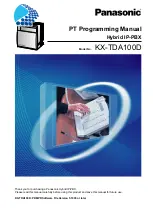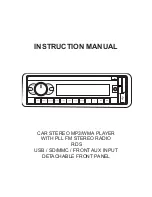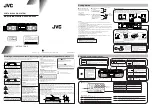
99
Fundamentals
Voice over IP (VoIP)
When a call is set up, the terminals involved negotiate the voice-data compression (“codec”) that will be used.
This is the first factor that determines the achievable quality level:
■
G.711
A-Law or µ-Law (Level 1, uncompressed): The audio data of a PCM channel (64 kbit/s) is adopted
one-to-one. Every VoIP terminal must support this codec. This codec can not be used with an ISDN data
connection.
■
G.729A
(Level 2): Reduction to approximately 8 kbit/s.
■
G.723.1 6.3
(Level 3): Reduction to 6.3 kbit/s.
■
G.723.1 5.3
(Level 3): Reduction to 5.3 kbit/s.
Unfavourable packet length selection may reduce voice quality. The duration of the recording and not the
data packet’s byte count is relevant in making this selection:
■
Duration <= 30 ms: optimal transmission
■
Duration 40 - 60 ms: one quality-level depreciation
■
Duration > 60 ms: two quality-levels depreciation
The achievable voice quality also depends on the packet propagation delay and the packet loss between the
terminals involved. These parameters can be determined using the “ping” programme.
N
Note:
Measurements made with “ping” are round-trip propagation delays. Divide the
maximum value displayed by two.
Packet Propagation Delay and Packet Loss
Value
Quality Level
Value
Quality Level
Propagation delay
< 50 ms
Optimal
Loss < 1 %
Optimal
Propagation delay
50-100 ms
0.5 level depreciation
Loss 1-2 %
0.5 level depreciation
Propagation delay
100-150 ms
1 level depreciation
Loss 2-3 %
1 level depreciation
Summary of Contents for Comfort Pro S
Page 1: ...Comfort Pro S Mounting and Commissioning Installation Guide...
Page 2: ......
Page 12: ...10...
Page 196: ...194 Notes Notes...
Page 197: ...195 Notes Notes...
Page 198: ...196 Notes Notes...
Page 199: ......
















































